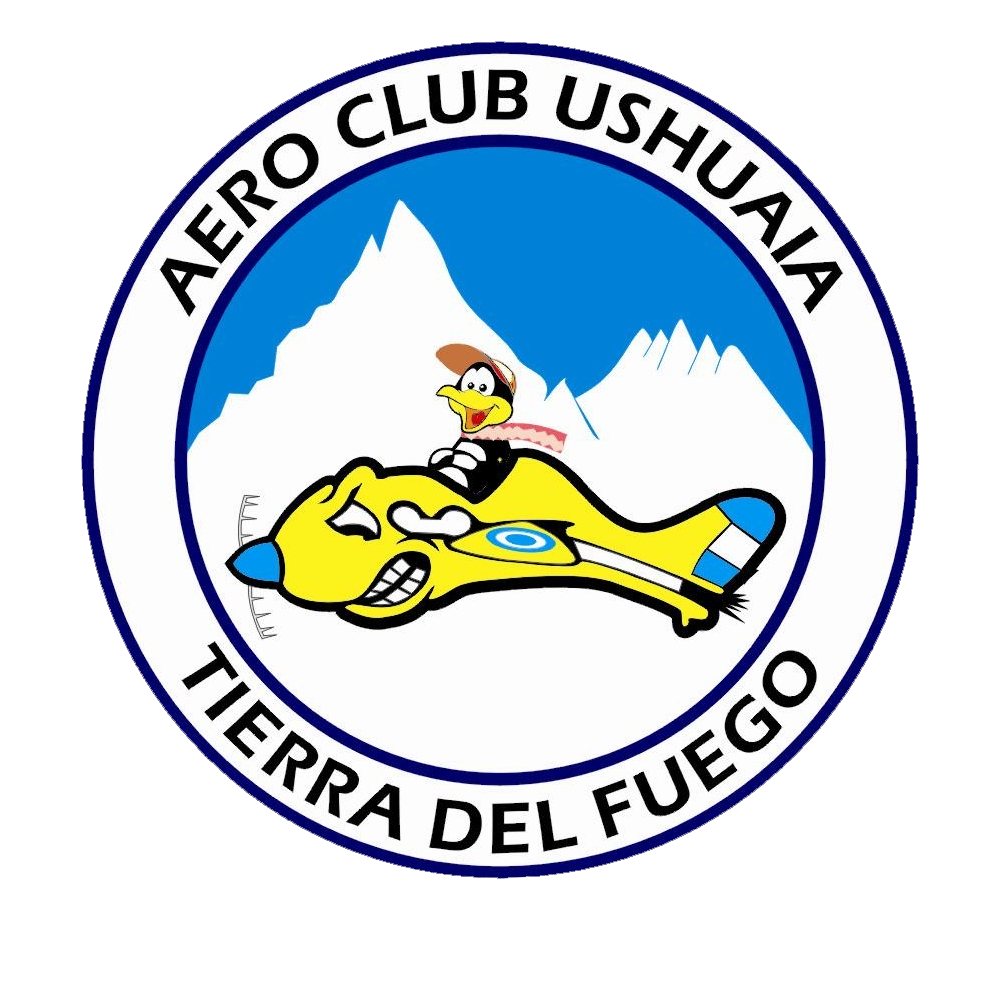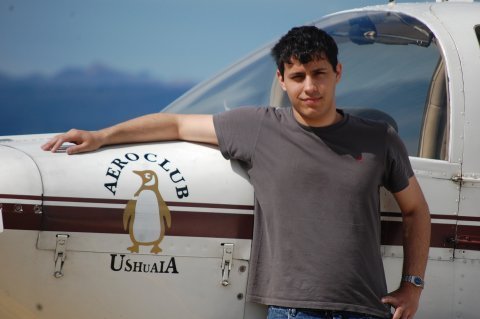From time to time a student becomes a pilot, after an arduous apprenticeship, that can take a minimum of two months, up to a maximum of two years. They are of all ages, from 17 to 65 years old, of both sexes, some more enthusiastic than others, but all with a common denominator: aviation and the dream of being able to fly.
In this month of March the first promotion of pilots of the Aeroclub Ushuaia was “cooked”, among them Ciro Luna Dapozo, a student of Film Script, 22 years old, who was charmed since he was a child watching aviation documentaries, who alternates this hobby with those of drawing and writing.
Another member of the platoon is an operations employee of the Port Authority, Gonzalo Ezequiel Salas, 34, who also practices photography, plays soccer and enjoys fishing when he is not flying in his spare time. “When I was a kid I dreamed of being an astronaut… until the Challenger explosion! until the Challenger explosion!”, says Gonzalo.
As this passion cuts across society, a 26-year-old metalworker, Alejandro Gunter, also got his wings and today fondly remembers being “fascinated to see an airplane pass in the sky, following the whole route until it disappeared. I would go to the Aeroclub to watch the planes from behind the fence and take pictures, but I never imagined that I would be able to take the course.”
Finally, a well-known employee of a traditional bookstore in Ushuaia passed the exam to become a Private Pilot of Aircraft (PPA). His name is Joaquín Martínez Cartier.
All of them under the watchful eye of their instructor Pablo “Sensei” Jofré, with almost 2000 hours flown in Tierra del Fuego, who has more than proved to be a true aeronautical Sensei “which is the Japanese term for a master, a sage or a learned person”.
Although in practice we will never know if the students named him for that or for his Japanese “Zero” haircut (you can’t see the “rivets”).
They shared a chilling experience with Ciro. Ciro tells us that “in my 7th hour as a student, in the middle of takeoff and at low altitude, I noticed some vibrations in the aircraft and a decrease in power. Before I could say anything, my instructor – who had also noticed it – instantly took control of the aircraft and made a 180° turn back to the runway, while I was sweating profusely. With all the innocence in the world, I didn’t understand what was happening and when we touched down, without knowing it, I had had my first real emergency”.
A bolted spark plug had caused a sudden loss of power that caused the aircraft to immediately return to the runway. Within days Pablo and Ciro were flying the same plane again and practicing – as usual – simulated emergencies.
Alejandro emphasizes the camaraderie in the club and “the way they encourage you to keep going. They all agree with this appreciation but also criticize some negative aspects, which have to do with gender differences: “The female students -unlike the men- are not put to sweep the hangar or to clean the grease from the airplanes or to move them on the apron or to refuel them. I notice their presence more and more, but the treatment of women tends to be “softer” because of their feminine condition,” complains Ciro.
“I remember that in the second hour of the flight with Pablo, an Aerolineas Aribus 340 that had just taken off passed by us. I was delighted to see something like that and it convinced me that what I was doing was what I wanted,” Gonzalo tells us.
The Flight Inspector of the National Civil Aviation Administration (ANAC) who – in this opportunity – took the exam (both practical and theoretical) is TLA Alejandro E. Cascante who exhibits an important collection of aeronautical achievements and who – in addition – is an Airline Inspector.
The day of the test presented adverse weather conditions: strong winds from the West for a change, crossing the runway in use, a lot of turbulence and strong gusts of wind. As it could not be otherwise. The first practical exercise proposed by Don Alejandro was to solve an engine power loss emergency, which was solved with absolute neatness by the student.

